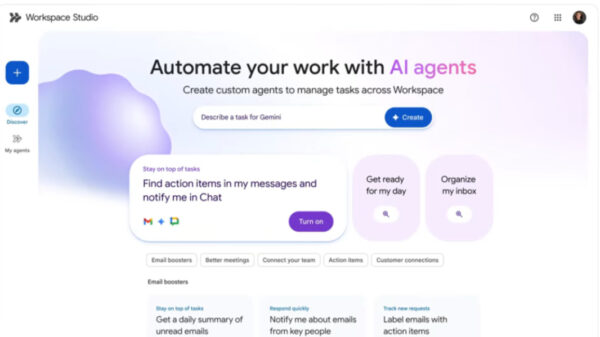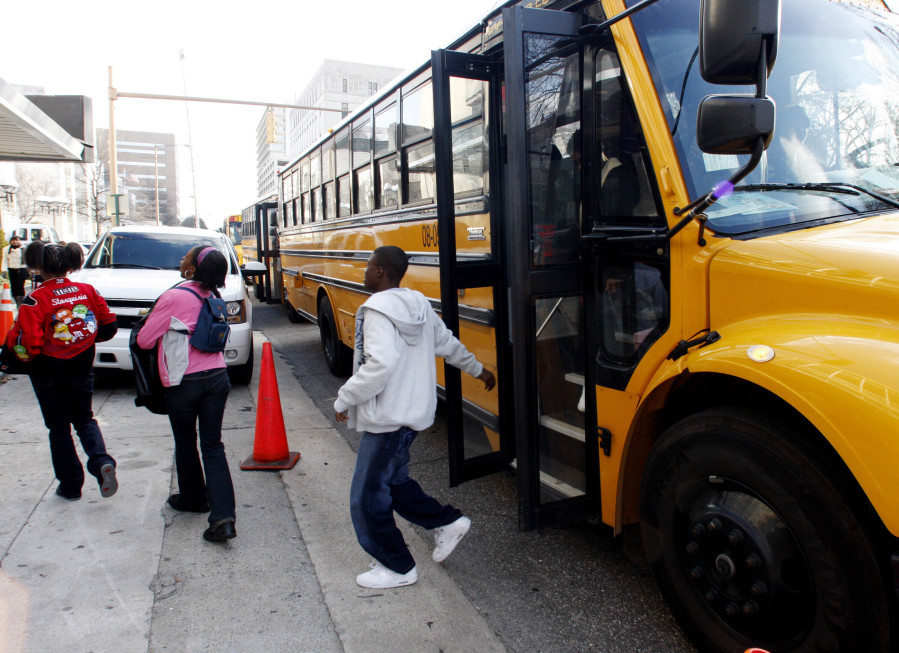As schools resume, many parents face a significant milestone: determining if their child is ready to stay home alone after classes. With after-school programs often costly and limited in availability, this decision becomes crucial for families whose work commitments extend beyond school hours. While some states, like Maryland, have established legal age limits—prohibiting children under the age of 8 from being left unattended—most regions leave the choice to parents.
Experts suggest that children aged between 11 and 13 may be ready to handle brief periods alone, but emphasize that numerous factors influence this decision. Jaesha Quarrels, director of child care services at Oklahoma Human Services, states, “It’s not a one-size-fits-all ordeal. You have to understand the bigger picture.” Inadequate supervision is often a key factor in many preventable childhood injuries, underscoring the importance of careful consideration before leaving a child unsupervised.
Assessing Readiness Beyond Age
The American Academy of Pediatrics indicates that most children do not possess the skills to manage emergencies until around the ages of 11 or 12. Therefore, it recommends structured supervision until this point. However, Brian Tessmer, director of treatment and operations at Family Resources in Pittsburgh, Pennsylvania, urges parents to evaluate their child’s maturity level rather than rely solely on age. “Kids mature at different rates,” he notes.
To gauge readiness, children should be able to recite their full name, home address, phone number, and the contact details of a trusted adult. They should understand how to reach that person in case of an emergency. Parents should also consider whether their child can follow rules, manage daily routines, and engage themselves with homework or entertainment. Essential skills include the ability to dial a phone, prepare a simple snack, and know the location of first-aid supplies. Furthermore, children should be aware of what to do in various emergency scenarios, such as a fire or severe weather.
Emotional Preparedness and Communication
Aside from practical skills, emotional readiness plays a significant role in determining if a child can stay home alone. Quarrels emphasizes the need for parents to assess their child’s confidence and ability to cope with feelings of loneliness or fear. “We need to consider how the child feels. Are they confident? Can they handle loneliness, fear, or boredom?” she asks.
Open communication is vital during this transition. Tessmer suggests parents frame the experience as a family milestone, explaining that their decision stems from a place of trust and confidence in their child’s growing independence. Ensuring a child is clear on household rules is equally important. They should understand what activities are off-limits, including using the stove or opening the door to strangers.
Quarrels advises that parents keep house rules visible and frequently reviewed. Additionally, role-playing various scenarios, such as answering the door or making an emergency call, can prepare children for real-life situations.
Starting small can help ease the transition. Parents might begin by leaving a child alone for brief periods while they are close by, such as in the backyard or on a short walk. The advent of smartphones and home security systems that allow for constant communication can also provide peace of mind for both children and parents. Tessmer recommends regular check-ins if parents will be away for more than 15 to 30 minutes.
In summary, deciding whether a child is ready to be home alone is a nuanced process that requires careful evaluation of their maturity, emotional readiness, and practical skills. By fostering open communication and starting with small steps, parents can help their children navigate this new phase of independence safely.






































































